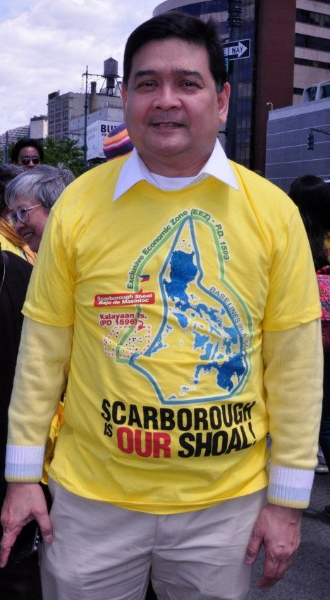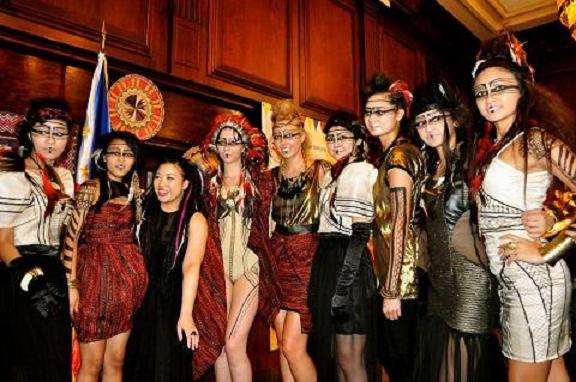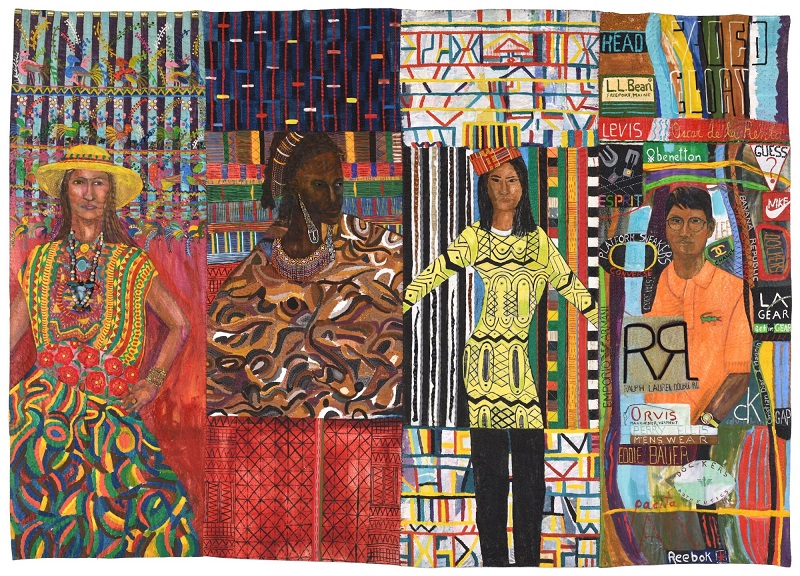Pacita Abad retrospective at MoMA PS1 till Sept 2
MoMA PS1 presents the first major retrospective dedicated to artist Pacita Abad (b. Philippines, 1946–2004), organized by the Walker Art Center.
On view from April 4 through September 2, 2024, “Pacita Abad” spans the artist’s 32-year career and features over 50 works, most of which have never been on public view, drawn from private and public collections across Asia, Europe, and the United States. The presentation includes vibrant paintings, works on paper, and Trapuntos—the painted, stitched, and stuffed canvases she began making in the 1980s and for which the artist is best known. While engaged with artistic and political dialogues during her life, the depth, range, and inventiveness of her work is only now coming to prominence.
Commemorating the extensive contributions of an innovative yet under-recognized figure, “Pacita Abad” celebrates the artist’s multifaceted visual, material, and conceptual concerns that push forward salient conversations today around globalization, power, and resilience.
In 1970, Abad migrated to the United States to escape political persecution in the Philippines, after she led a student demonstration against the authoritarian Ferdinand Marcos regime (1972–86). Driven by this experience, she centered political refugees and those who were oppressed in her work.
“I have always believed that an artist has a special obligation to remind society of its social responsibility,” she said.
In 1977, Abad enrolled in the Art Students League in New York for a year to study anatomy, still life, and figurative painting. Although she became a US citizen in 1994, she lived an itinerant lifestyle in various countries—including Bangladesh, Yemen, Sudan, Papua New Guinea, and Indonesia—where she encountered local makers across the globe who furnished her with a wealth of ideas, techniques, and materials to draw upon when creating her Trapuntos.
Her works were designed to be portable, and she often used textiles, demonstrating her appreciation for the female and non-Western labor associated with the craft, which has been historically undervalued. The exhibition highlights the significance of her immigrant experience and the development of her practice celebrating non-Western art forms.
The works in the exhibition are organized in loosely chronological order with overlapping themes that span decades. On display are powerful 1970s Social Realist works, which depict people escaping persecution and poverty.
In the Immigrant Experience series (1983–95) of mixed media trapunto paintings, she depicted diasporic communities from Asia, Africa, and Latin America, reflecting her conviction that artists have a “special obligation to remind society of its social responsibility.”
Also on view are works inspired by Indigenous masking traditions, including Masks from Six Continents (1990–93), installed for the first time in 30 years. Abad’s engagement with patterned abstraction was inspired by jazz and blues music, and her works capture the unique spontaneity of the musical styles, showcasing her energetic interplay between figuration and abstraction as well as her engagement with people, places, and critical issues of her time.
“Pacita Abad” is organized by the Walker Art Center, Minneapolis. The exhibition is curated by Victoria Sung, Phyllis C. Wattis Senior Curator at the Berkeley Art Museum and Pacific Film Archive and former Associate Curator, Visual Arts, Walker Art Center, with Matthew Villar Miranda, curatorial fellow, Visual Arts, Walker Art Center.
MoMA PS1’s presentation is organized by Ruba Katrib, curator and director of Curatorial Affairs, MoMA PS1, with Sheldon Gooch, curatorial assistant, MoMA PS1.
Pacita Abad embarks on a major North American tour to several prominent institutions, beginning at the Walker Art Center in Minneapolis followed by presentations at the San Francisco Museum of Modern Art (SFMOMA), MoMA PS1, and concluding at the Art Gallery of Ontario.















